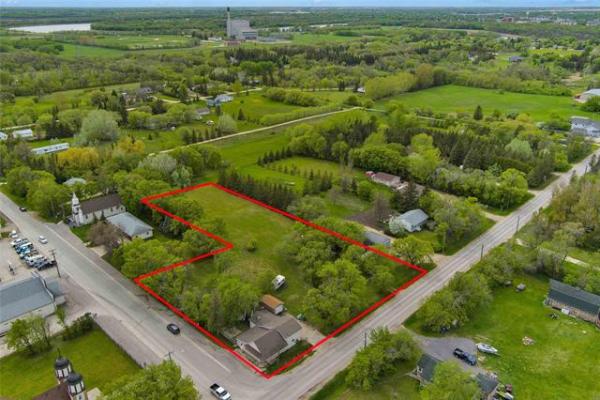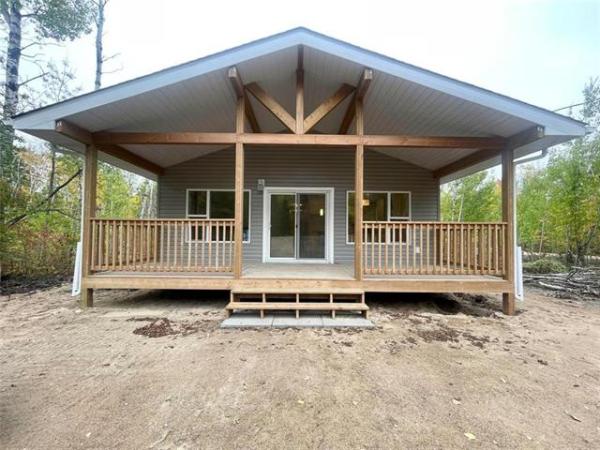QUESTION: I am wondering if it's a good idea to have both a main back-flow valve, under the basement floor, and a backup valve in the basement drain. Please excuse me if this is a little long-winded, but I will try to explain my worry.
I had a back-flow valve installed in my basement last spring. My home already had a small sump pit and pump for overflow water. I had the pump upgraded to a Little Giant at the recommendation of the plumbing company that installed the valve. My house is about 50 years old. I used to have a large tree, which was taken down last year, in my front yard and my neighbour has a gigantic tree in his front yard, so I have had occasional problems with sewer backup due to tree roots ever since I moved into this house eleven years ago. That along with the worry about flooding last year and the rebate program are what prompted me to have the valve installed.
I try to have the tree roots cleaned out every year. Last year, after the valve was installed, I had this done but the company that cleared them did not go out far enough. This year, less than a year since last year's clear-out, I had backup because of tree roots. The main valve worked and closed, and the water from the laundry backed up into my sump pit and was pumped outside. This time I called Mr. Rooter and they came and cleared the tree roots right out to the main sewer. They also inspected my plumbing and noticed that at one time there had been a backup valve in my basement floor drain. All that was left was the ring from it. They recommended that I have a new one installed, telling me that if the main back-flow valve closed and waste from my house backed up in the sump pit it could also backup into the pipes leading to my weeping tiles.
This seemed like a good idea so I had it done. Now I am second-guessing myself. Was this a good idea? My worry is that if the main back-flow valve closes because my sewer line is plugged with tree roots in winter, which happened early February this year, while the ground is still frozen how will I know? In spring or summer if the in-floor valve closes this should stop ground water from the weeping tiles from flowing into the sewer and it would overflow into the sump pit and be pumped out. I would know that the main back-flow valve was closed and that there was a problem. But in winter if both valves closed what would happen?
Am I being over-anxious? Should I pour water down the basement drain occasionally to make sure it is open? Glenda Burk, East Kildonan
Answer: The answer to your concern will depend on a couple of factors. The exact location of both the in-floor backwater valve and the floor drain backup valve relative to the sump and weeping tile discharge will determine if there is a problem, or not.
The location of the newly installed backwater valve will be the main determining factor in whether you have a legitimate concern. If the plumber installed this downstream of your floor drain and all vertical drain pipes, it may not matter if you have any other items in the drains further upstream. Since you appear to have proper overflow protection to a sump pit and pump there should be little to worry about. If the main back water valve closes due to a backup, any rainwater that backs up behind this valve will flow into the pit if it exceeds the capacity of the catch basin. If the overflow pipe between your catch basin and the sump is located low enough to prevent your weeping tiles from completely filling before it drains the catch basin, things will work fine.
The only real concern in any backup situation in a home like yours with proper in-line protection for the drains, is the waste water that flows into the sump. Typical sump pumps are designed to pump only clean water. If your backwater valve is closed and the drains fill up with wastewater you may have trouble if you flush your toilets. Solid waste may then back up into the catch basin and some of this will wind up in the sump. You really don't want this material to be pumped out onto your lawn, but the real issue is the potential damage to your sump pump. Your pump could become damaged or plugged if solids like toilet paper or other materials enter the sump pit. This would also be compounded if you have a garburator in your kitchen sink and regularly add ground up material to the liquid waste. If there is too much foreign material taken in by the pump and it breaks down, you will have a major problem. The floor drain valve should help prevent this from occurring, if things are properly located. That is the likely reason that "Mr. Rooter" suggested replacing it, which is a good idea even though it is not essential.
Regular clearing of tree roots from the sewer outside your home will help prevent a back-up from occurring, but regular inspection of the floor drain and catch basin may alert you to a potential blockage. You have already stated that you noticed a problem when doing a load of wash and your laundry backed up. It may help to look at your catch basin when you are doing laundry to see if any soap bubbles up into the catch basin through the top of the drain before the backup valve fully closes. This will tell you that the drain is getting sluggish or the backwater valve is closed. In my last house I had a similar tree root problem and I knew it was time to call a rooter technician when I saw soap bubbles in that area. As far as the small back-up valve in your catch basin, it will either be beneficial or at worst benign, so you can alleviate your worries and leave it where it is.
Ari Marantz is the owner of Trained Eye Home Inspection Ltd. and the president of the Canadian Association of Home & Property Inspectors - Manitoba (www.cahpi.mb.ca). Questions can be emailed to the address below. Ari can be reached at (204) 291-5358 or check out his website at www.trainedeye.ca.
trainedeye@iname.com



